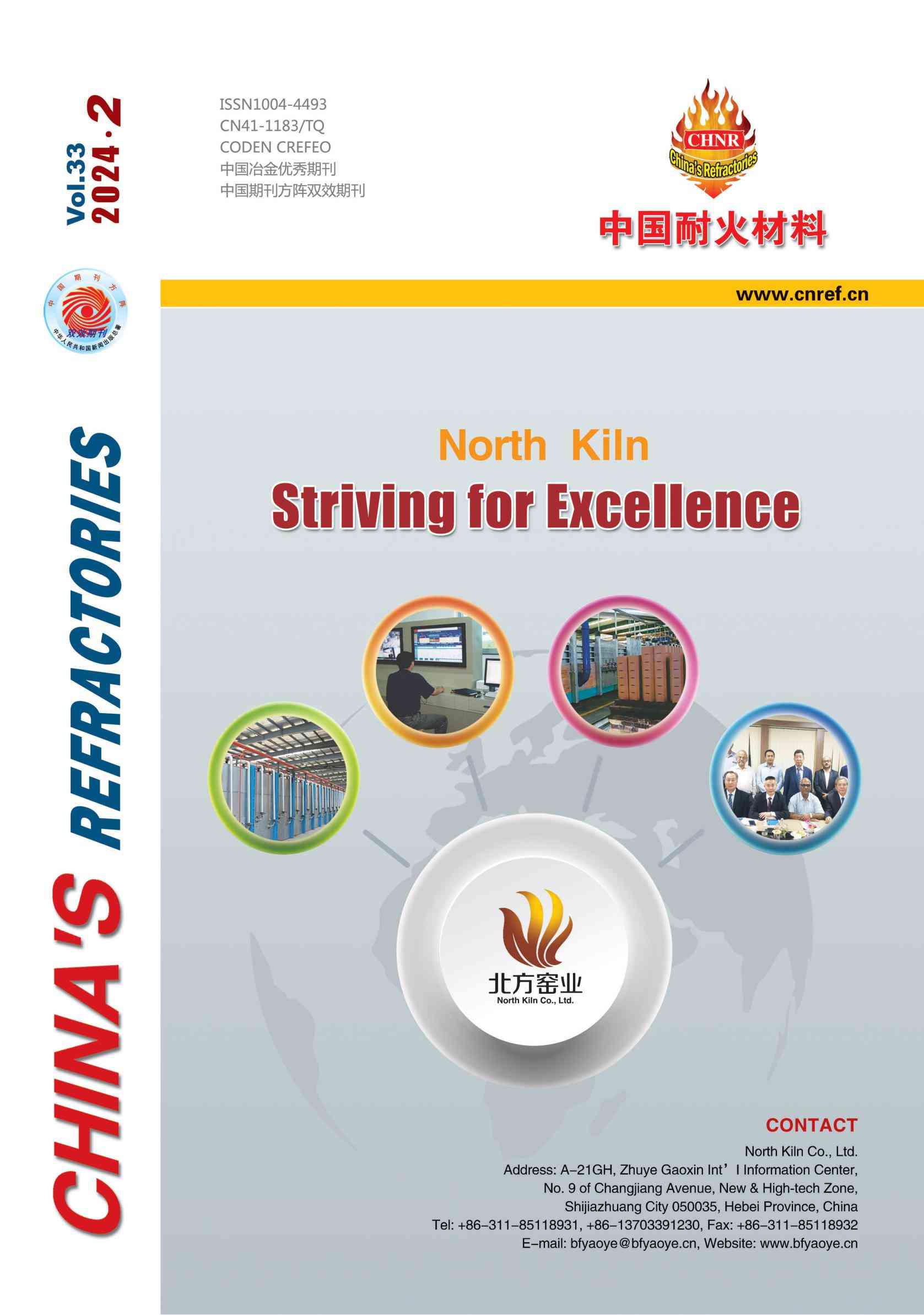
- The Role of the Size Effect on the Drying of Refractory Castables—How Its Understanding Could Narrow the Gap between Laboratory Studies and Industrial Reality
- 作者:M. H. Moreira1 , H. Peng2 , S. Dal Pont3 , V. C. Pandolfelli1
- 作者机构:1 Materials Engineering Department, Federal University of São Carlos (UFSCar), São Carlos 13565-905, Brazil 2 Materials Innovation, Elkem Silicon Products Development, Kristiansand 4621, Norway 3 CNRS, Grenoble INP, 3SR, Université Grenoble Alpes, Grenoble 38000, France
- 分类号:
- 卷号:
- 期号 : 2024 年, 第2期
- 页码:35 - 40
Refractories have unique capabilities such as sustaining their shape and properties at extreme conditions such as the combination of high temperatures and thermal shock, contact with molten metals and slags and in some circumstances resistance to erosion from abrasive particles. Given the large processing output of the heavy industries such as the cementand steel ones which both require high temperature processes, the refractories structures span various meters and weight of several tons. As the water removal stage of hydraulic bonded castables in industrial sites takes hours (10-60 h) due to the risk of explosive spalling, efforts to mitigate it are commonly studied. This has provided theoretical understanding of the general aspects of drying and important tools, such as the thermogravimetry analysis (TGA), for the design of refractory compositions with higher explosive spalling resistance. However, the optimization of this process is still far from the industrial reality especially because the actual linings that require the drying are orders of magnitude larger than the samples considered in the laboratory tests. Therefore, this study proposed the analysis of the sample volume effect on the water removal dynamics through TGA of high alumina castables with calcium aluminate cement...
- How Marie Sklodowska-Curie Doctoral Ne [138]
- Application of Thermodynamic Database [127]
- Novel Brick Technology for Carbon Redu [112]
- Investigation of Refractory Bricks and [94]
- Effect of Slag Basicity on Alumina Dis [104]
- The Role of the Size Effect on the Dry [55]
- Study on Chrome-free Purging Plugs for [41]